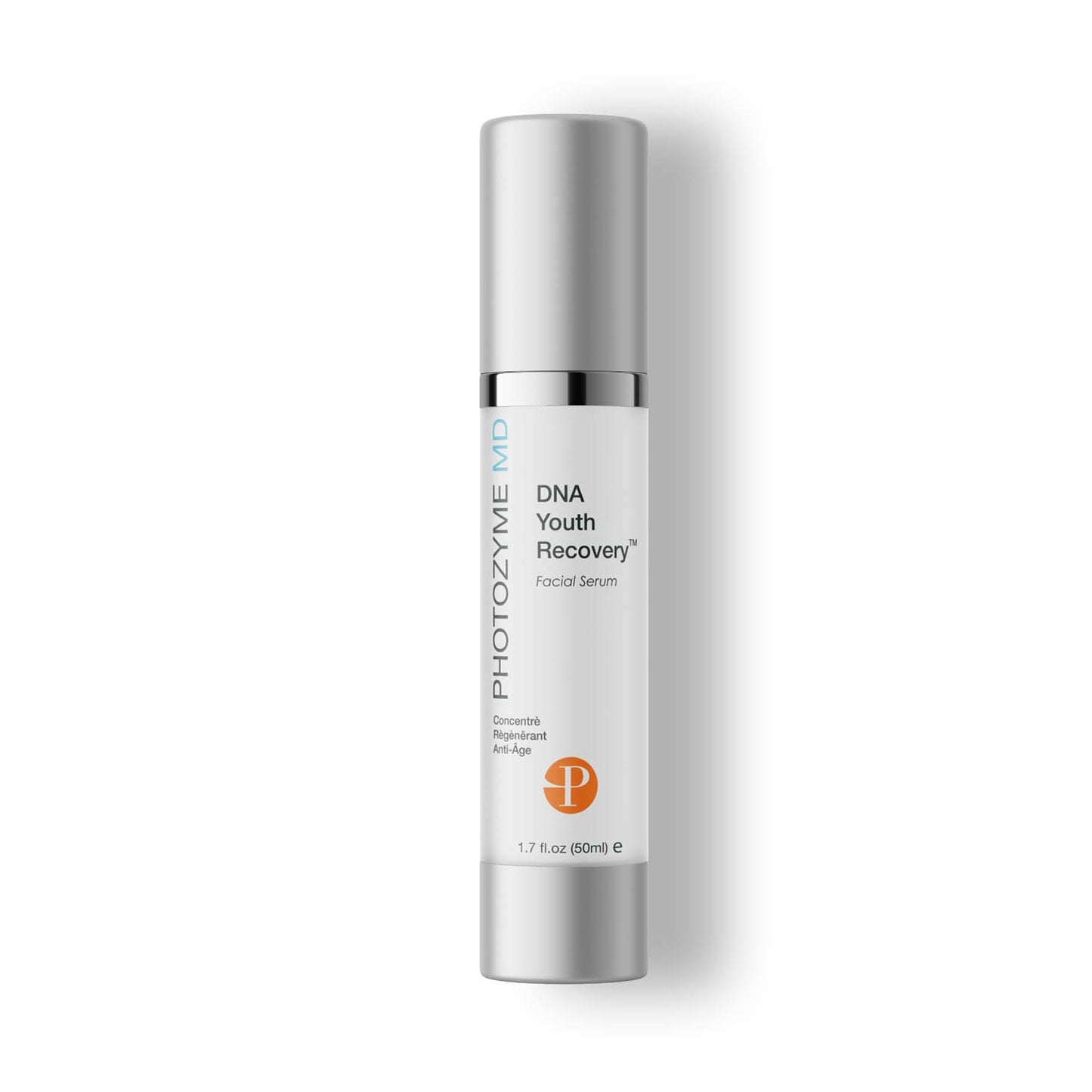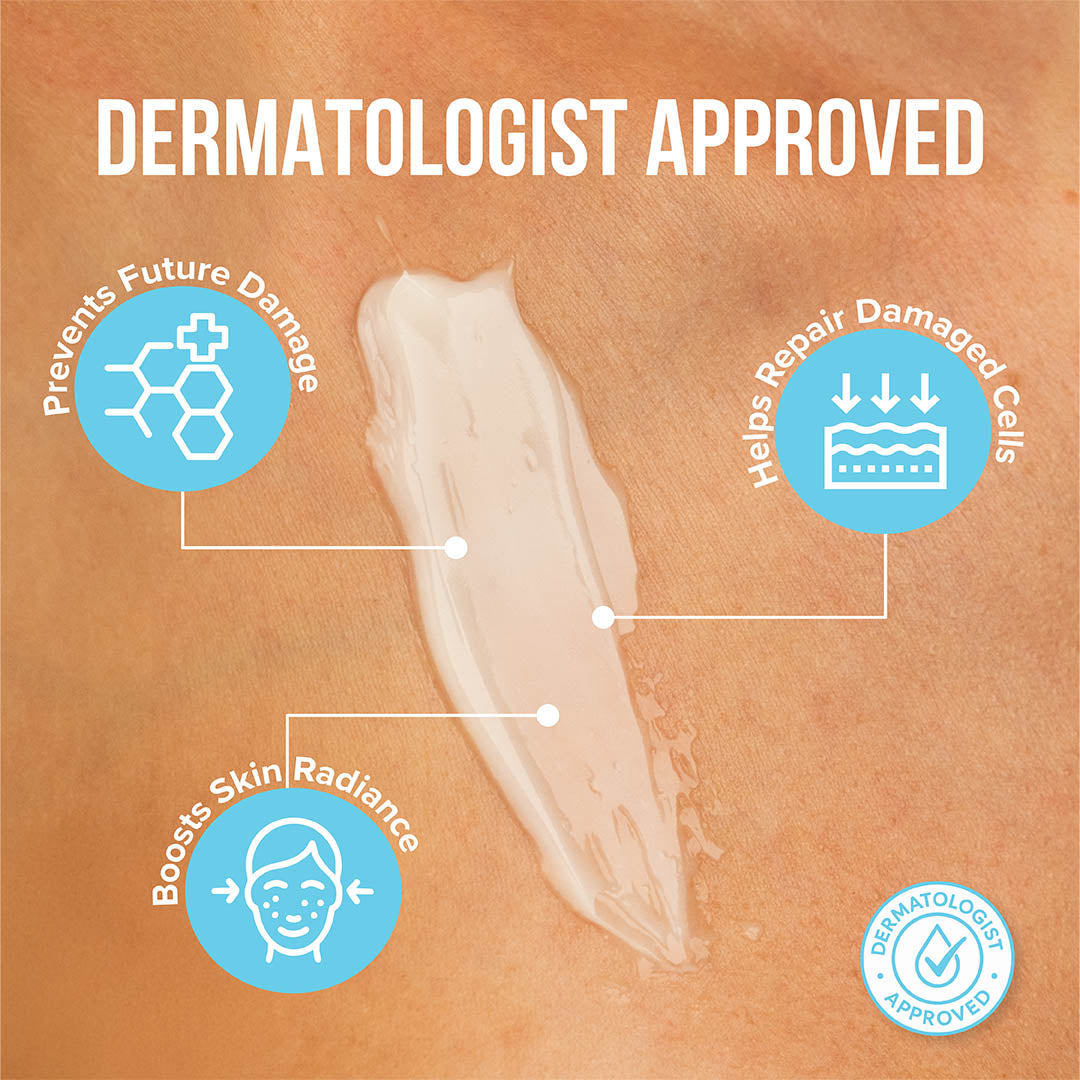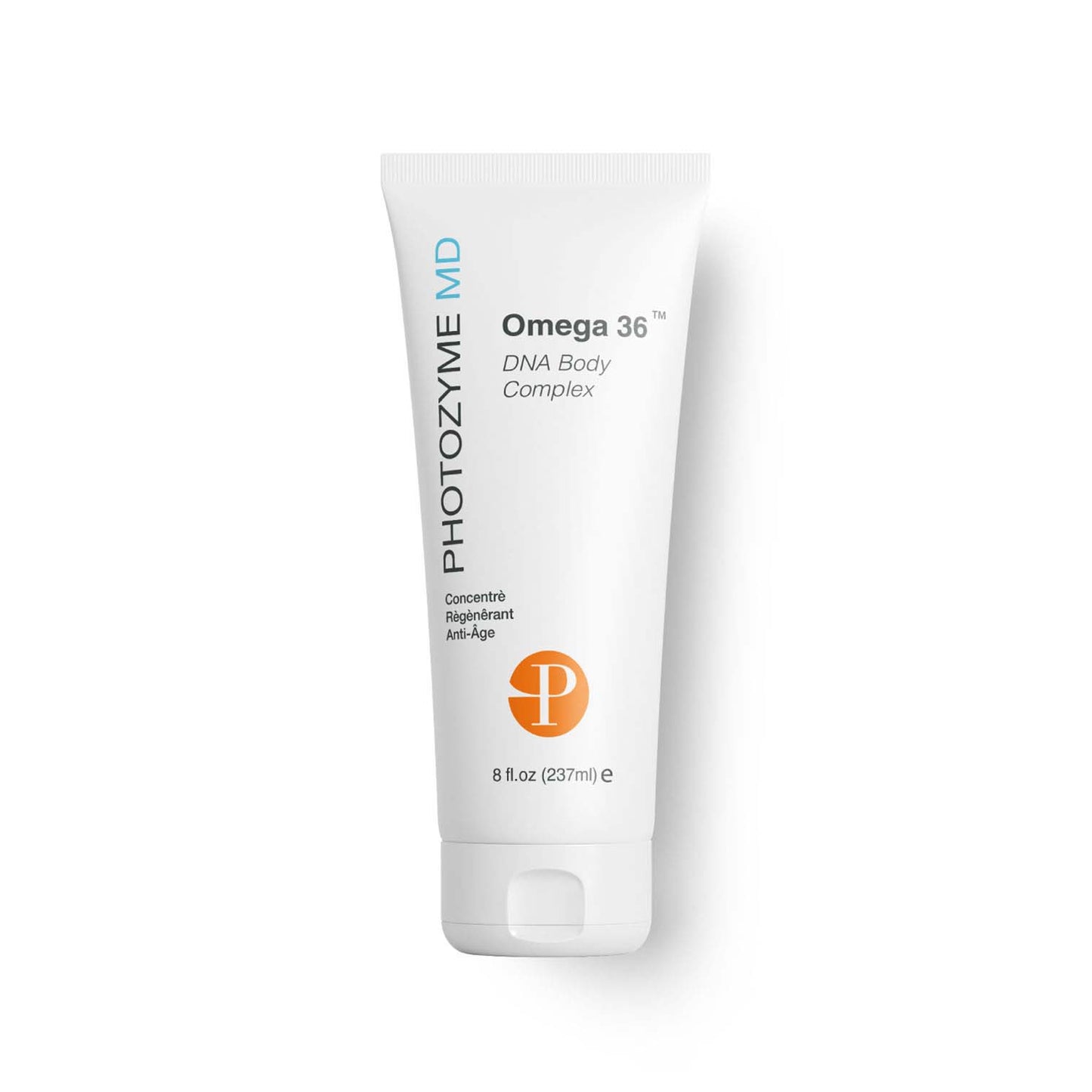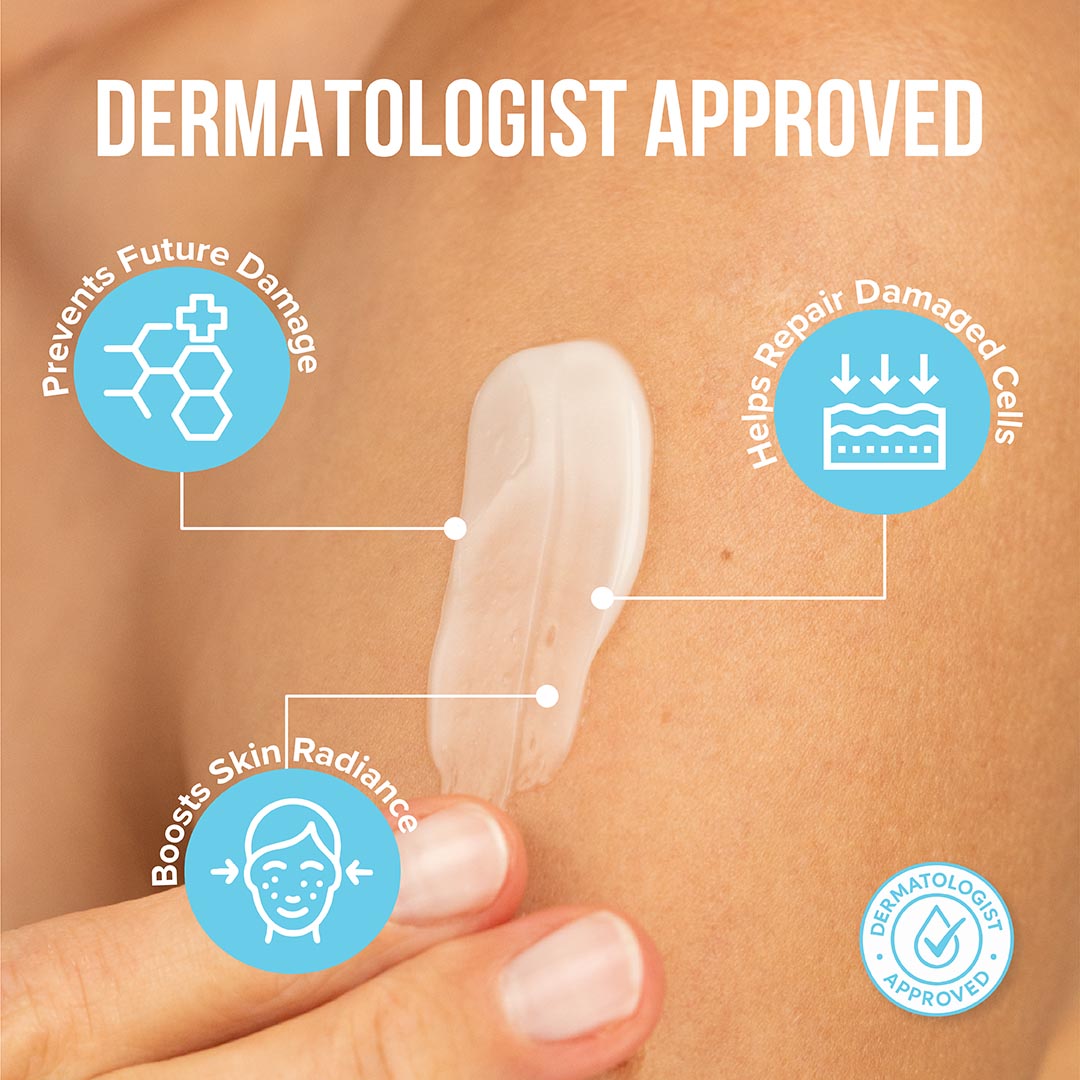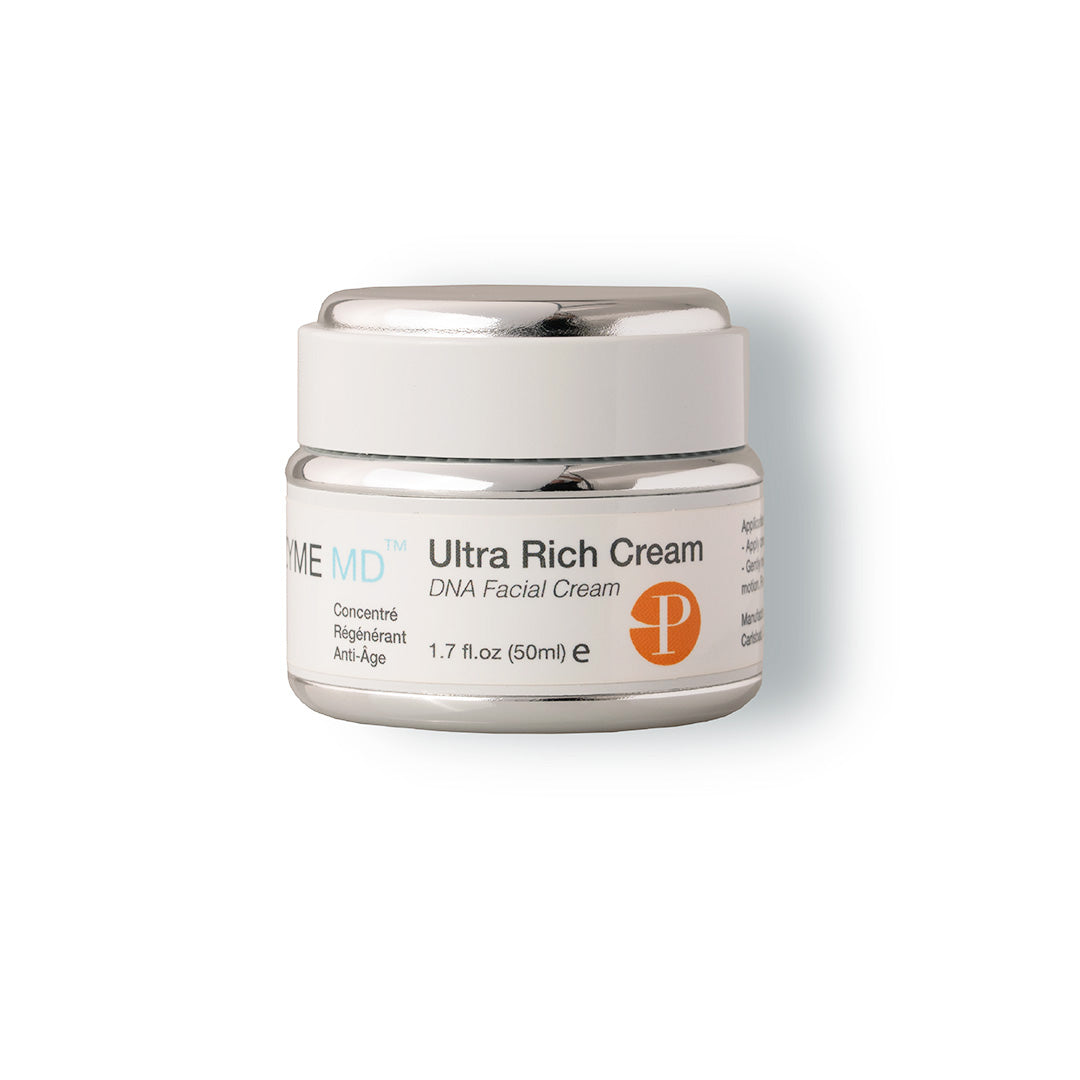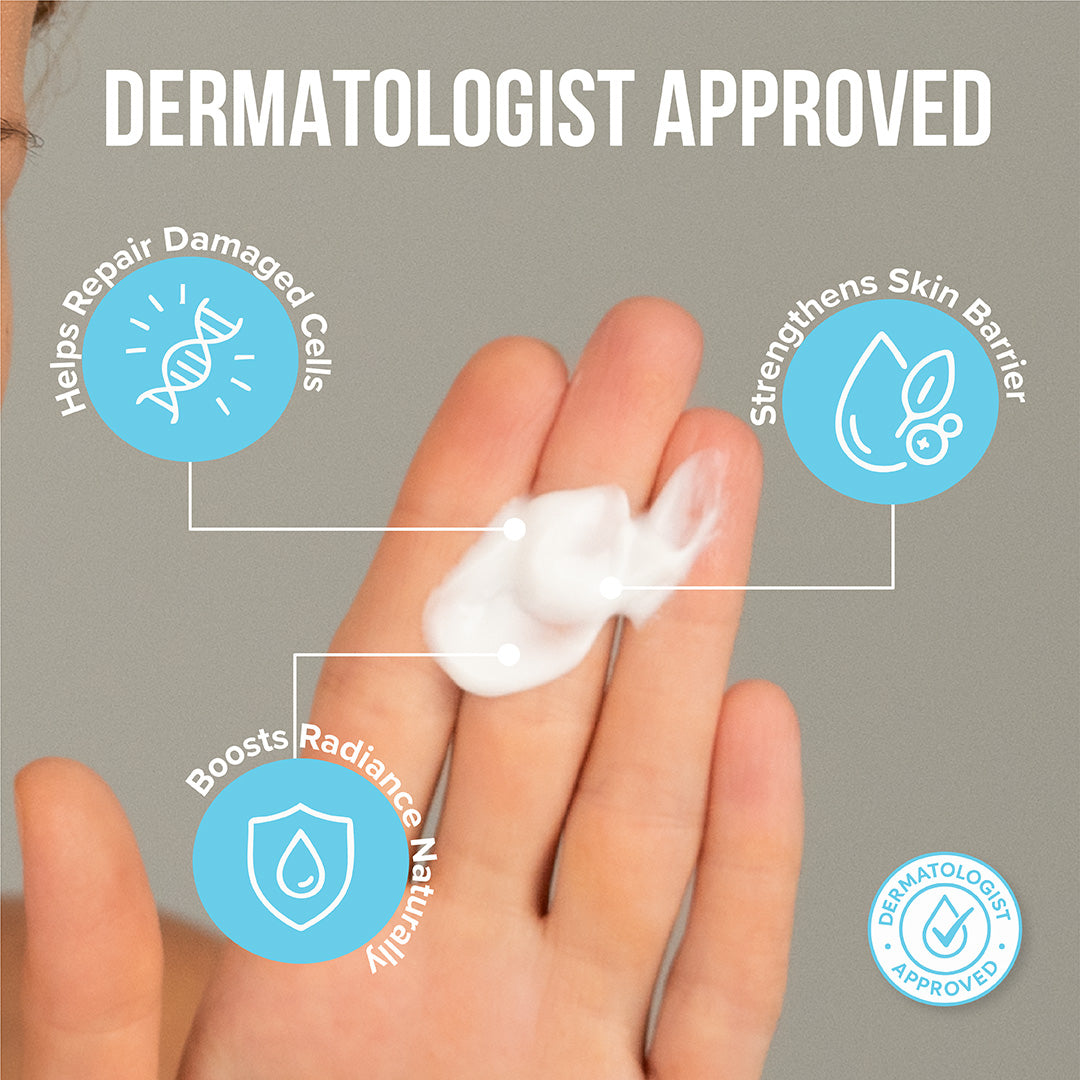Understanding when and how to apply eye cream can significantly impact the fight against crow’s feet. Morning and nighttime routines each play a distinct role in supporting delicate under-eye skin and enhancing the performance of any targeted treatment.
Morning Routine
Daytime application is all about protection and preparation. The skin around the eyes is particularly vulnerable to external stressors like UV rays and pollution, both of which accelerate the formation of fine lines. Applying an eye cream with antioxidants in the morning helps form a defensive barrier, neutralizing free radicals before they cause cellular damage. Lightweight, hydrating formulas deliver immediate smoothing benefits, prepping the skin for seamless makeup application and helping you look refreshed, even after minimal sleep.
Nighttime Routine
Evening routines focus on renewal and recovery. At night, the skin’s natural repair processes are in full swing. Applying a targeted eye cream before bed provides potent actives, such as peptides, retinols, or DNA repair enzymes, in the optimal environment to penetrate deeply and support cellular repair. A richer texture is preferable here, delivering intensive hydration and reinforcing the skin’s barrier function during rest. Over time, consistent nighttime treatment can visibly reduce the depth and prominence of crow’s feet.
Pairing morning and nighttime eye care routines creates a synergistic effect, fortifying skin against daily damage while promoting overnight regeneration, resulting in smoother, firmer, and more resilient skin with each use.
Decoding Labels: Retinol, Peptides, Antioxidants
The fine print, often packed with scientific jargon, holds the true story behind effectiveness. Three cornerstones stand out for their proven ability to target fine lines and aging around the eyes: retinol, peptides, and antioxidants.
Retinol
Retinol is a form of vitamin A that dermatologists have championed for decades. Its claim to fame? Retinol encourages skin cells to turn over more rapidly, smoothing wrinkles and refining texture. Crow’s feet, which deepen due to repetitive expressions and collagen loss, respond exceptionally well, and retinol boosts collagen production—a critical protein that gives skin firmness and elasticity. However, not all retinol concentrations or delivery systems are gentle enough for the delicate eye area, so it’s crucial to seek formulas that couple potency with tolerability.
Peptides
Peptides work differently. These small chains of amino acids act as messengers, signaling the skin to ramp up its own production of collagen and elastin. By stimulating these foundational building blocks, peptides help to iron out existing crow’s feet and fortify the skin barrier against new lines. Their biocompatibility makes them ideal even for sensitive or post-procedure skin, offering visible improvements with a low risk of irritation.
Antioxidants
Antioxidants are an essential defense against daily skin stressors, sun exposure, pollution, and blue light. Ingredients like vitamin C, vitamin E, and plant derivatives neutralize free radicals before they can accelerate aging. In practice, using an eye cream rich in antioxidants slows down wrinkle formation and brightens and evens skin tone, keeping the orbital area youthful and refreshed.
When assessing eye cream formulas, combining these powerhouse ingredients delivers multi-layered benefits. Retinol targets cell renewal, peptides strengthen support structures, and antioxidants shield and repair—all working in concert to minimize and prevent crow’s feet.
Read also:
